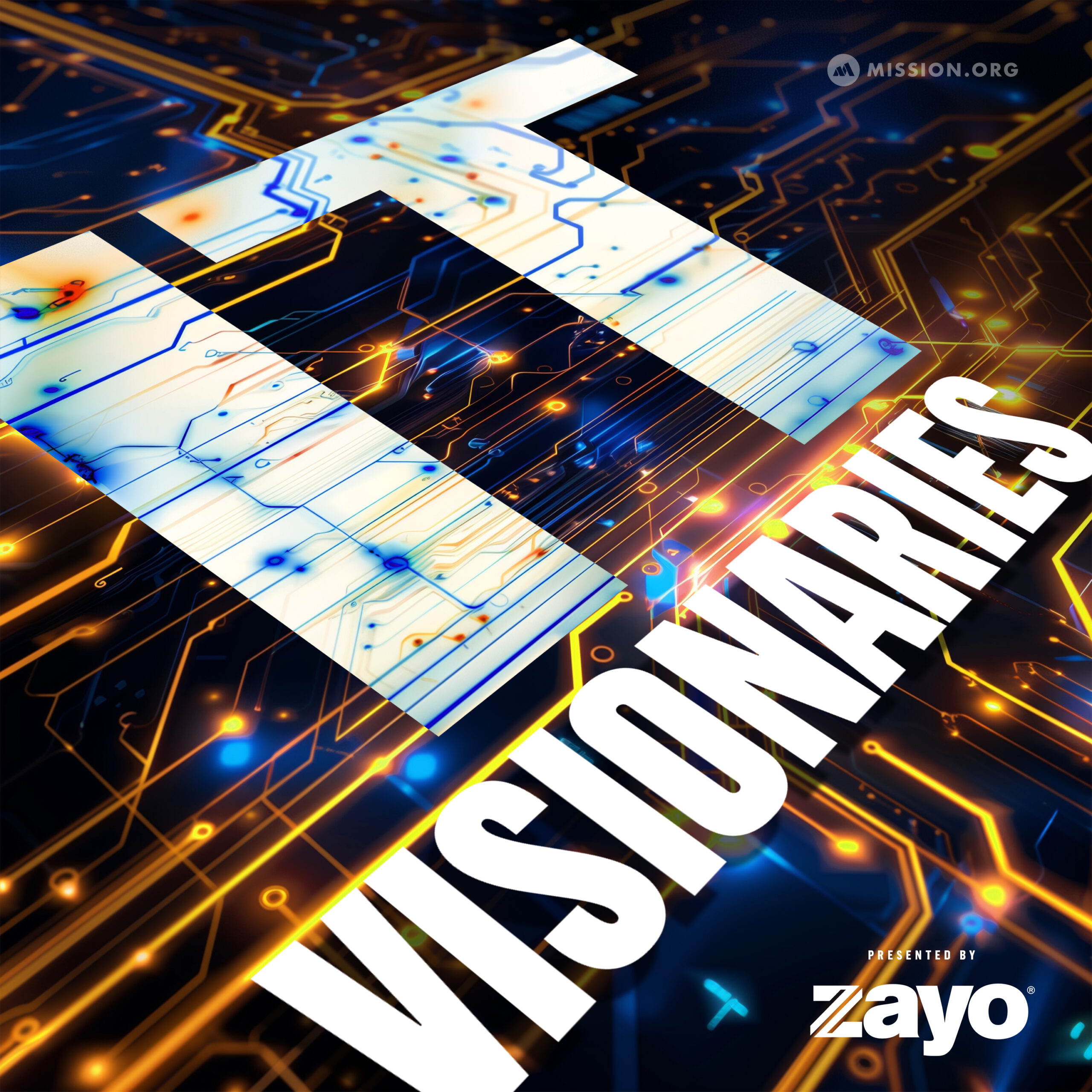Security identity management comes in all shapes and sizes, and it’s an industry that continues to innovate at a rapid pace and there is no end in sight. Think of identity management like this: that card or fob you scan to enter an office or building, that’s security management. Or maybe the password you change every 30 days, that’s identity management. But while these processes seem simple and familiar, they haven’t been part of the security ecosystem for very long.
“15 years ago, phones were different. We didn’t know about online identities. We didn’t have digital passports. We were using batches to access buildings. If you fast forward, the pace of what we are changing is pretty traumatic and fast.”
Traumatic and fast are strong but appropriate words when describing the pace at which Martin Ladstaetter, and HID Global, are working at when it comes to making it easier for consumers to access their everyday necessities. On this episode of IT Visionaries, Martin, the Head of Consumer Authentication and VP of Product Management at HID Global, explains how the company is digitizing this new world and securing consumers across multiple networks. Martin also dives into the struggles enterprises are facing when it comes to securing distributed workforces and what the future of access identity management holds.
Main Takeaways
- Creating an Unknown Digital Experience: Customer experience is key in any sector. In identity management, the key to a good experience is to make it not feel like an experience at all. The future of this space involves users being able to make purchases, access buildings and cars seamlessly, without having to use security cards or fobs or other devices.
- Is This Ethical?: As distributed workforces rise in popularity, one of the hot discussion topics is how large enterprises should be securing their employees and what is the right line to toe when it comes to security procedures? You don’t want to be constantly monitoring an employee’s actions, but at the same time you must make sure you protect sensitive data. Finding a good balance between security and privacy remains key.
- Securing Against a Single Breakpoint: Every building has multiple entry and exit points — this is necessary in case of an emergency. Your technology should be built the same way, You have to secure your devices and technology against having a single breakpoint. That way, if a a card is deactivated, a phone system breaks down, or a password fails, employees and IT professionals have other ways to gain access..
For a more in-depth look at this episode, check out the article below.
Article
Security identity management comes in all shapes and sizes, and it’s an industry that continues to innovate at a rapid pace and there is no end in sight. Think of identity management like this: that card or fob you scan to enter an office or building, that’s security management. Or maybe the password you change every 30 days, that’s identity management. But while these processes seem simple and familiar, they haven’t been part of the security ecosystem for very long.
“15 years ago, phones were different. We didn’t know about online identities. We didn’t have digital passports. We were using batches to access buildings. If you fast forward, the pace of what we are changing is pretty traumatic and fast.”
Traumatic and fast are strong but appropriate words when describing the pace at which Martin Ladstaetter, and HID Global, are working at when it comes to making it easier for consumers to access their everyday necessities. On this episode of IT Visionaries, Martin, the Head of Consumer Authentication and VP of Product Management at HID Global, explains how the company is digitizing this new world and securing consumers across multiple networks. Martin also dives into the struggles enterprises are facing when it comes to securing distributed workforces and what the future of access identity management holds.
Everyday millions of people across more than 100 countries use HID Global technology, and more than likely, you’ve never even realized you were using its technology in the first place.
That little card that gives access to an office, that’s HID Global. The fob you attach to your keys that lets you in your gym, that’s HID Global technology too. But it doesn’t stop there. While it might seem like HID Global is simply an electronic key, it’s much more than that.
“It’s about making sure that the people who work in some places and the things that they carry along are all secure,” Ladstaetter said. “It’s all about identities and how to protect them at the end of the day.”
Access management has been around for years, but the pace at which the technology is evolving has accelerated in recent years. What used to be simply about tracking employees as the come and go and allowing access to certain devices, has become more about creating a seamless experience where users don’t have to rely on a piece of equipment to be protected.
“If you don’t see what’s happening, it’s actually great because that means we’ve done our job pretty well,” Ladstaetter said. “What’s happening is what I call the invisible parties. There’s artificial intelligence that runs in the back that knows what you have been doing and is able to figure out who was here the last time logging in from a Samsung phone, from that country within a timeframe, and this is showing some behavioral artifacts that gives me a confidence level.”
But as technology continues to advance, the challenges never stop coming. One of those challenges has been the dramatic shift to distributed workforces, which has created new opportunities for Ladstaetter to fix, like securing hundreds of networks instead of just one at a central office. And this brings up ethical concerns as well. For example, how far should home security go and how should businesses go about monitoring their employees to protect sensitive data?
“You don’t want to monitor all of your employees all day long about everything that they do,” Ladstaetter said. “You just need to find the right balance of checking in and protecting the assets.”
Balancing ethics and cybersecurity remains a sensitive topic for many users. To hear more of Ladstaetter’s thoughts on securing your network and what the future holds for access identity management, check out the full episode of IT Visionaries!
To hear the entire discussion, tune into IT Visionaries here.




